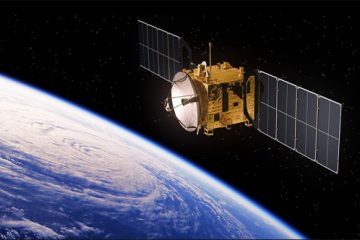Google has updated its Google Mars service to show more details of Mars both in its history and the present day.
By Chris Hastings

Users can access images from the Themis camera on the Mars Odyssey spacecraft.
They can also view antique maps of Mars from over a century ago, as well as the latest images from the Mars spacecraft.
From Saturday, internet users will be able to explore the Red Planet’s surface, keep track of orbiters and see the ‘face’ in the planet’s surface.
They will also be able to go on virtual fly-bys with the Odyssey and Mars Reconnaissance Orbiter.
The new initiative has led bookies to slash the odds on the possibility of finding life on Mars from 500/1 to 50/1.
A Google spokesman said: “We are entering uncharted territory.”
Scientists believe Mars is the most likely planet to harbour liquid water, and perhaps even primitive life.
Radar data from Mars Express and the Mars Reconnaissance Orbiter have revealed the presence of large quantities of water and ice both at the poles and at mid-latitudes.
The Phoenix Mars Lander directly sampled water ice in shallow Martian soil on July 31, 2008.
Mars is currently also host to three functional orbiting spacecraft – Mars Odyssey, Mars Express, and the Mars Reconnaissance Orbiter.
Courtesy of The Telegraph











